By their very nature, rogue-likes require a decent amount of patience and perseverance as they’re very likely to frustrate just like Trinity Fusion. The basic gameplay loop of clearing out areas, levelling up, acquiring new skills and weapons and then dying and having to start all over again because you’ve lost everything, can be a pretty bitter pill to swallow. But a good rogue-like will, like ye older arcade games of yore, keep you coming back for more until you’ve beaten it.
Set in a multiverse experiencing a war while on the verge of collapse, you take on the role of three warriors whose job it is to help save the multiverse. The catch is that those three warriors are the parallel world versions of each other. And it’s up to you and your alternate-world selves to save the multiverse from the different factions looking to hold sway over it all.
Developer Angry Mob Games hasn’t sought to reinvent the rogue-like hamster wheel with Trinity Fusion. Instead, they’ve added some new ideas to create their own spin on the genre.
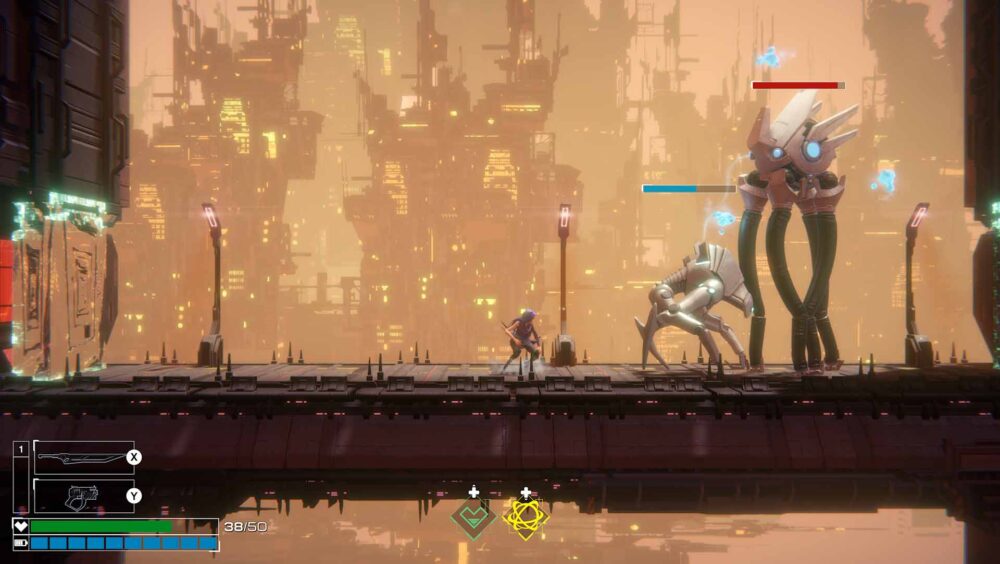
Trinity Fusion’s basic gameplay loop plays out like any other rogue-like. You clear out areas, either levelling your character or weapon power in the process, fight bosses and proceed to new levels or areas. And if you die, you lose all of that experience and weapons and have to start from the beginning again.
Thus you learn how the game systems work, learn how the enemies function and through the process of live, die, repeat, improve your skills and get better. While it can be very frustrating, it can also be very cathartic and empowering when that boss that’s killed you for the umpteenth time dies in a no-damage run.
Enemies, chests and stations will drop new weapons, power-ups, stat boosts and money for you to collect. As your power level increases, so does the quality of the drops. Your starting weapons are adequate for that first level but quickly run out of steam, making on-site procurement a must. Weapons have multiple effects to pay attention to beyond base damage, such as speed, reach and random buffs such as the chance to freeze an enemy.
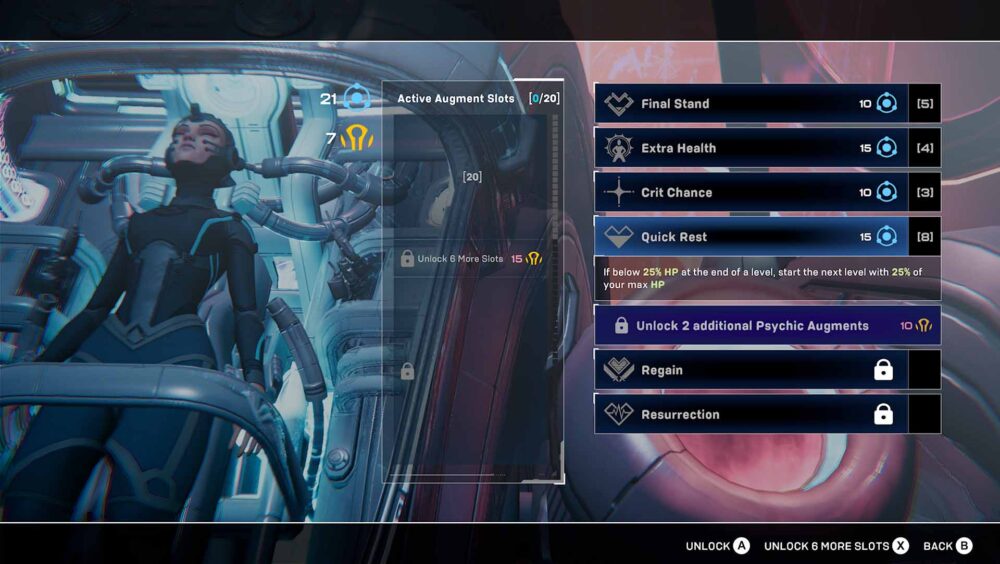
There’s a good variety of weapons on offer as well, ranging from fast swords to slow hammers, from handguns to assault rifles and a plethora of special weapons such as homing missiles and energy attacks. This gives you some leeway in creating a build between the three characters. Not everything disappears on death though as permanent stat boosts can be picked up or fought for while the coins you collect can be used to purchase new combat moves, stat boosts and weapons at the shop in each level.
Now all of this is pretty much par for the course but where Trinity Fusion does throw its own flavour into the oven is with its multiverse setting, the playable characters and slight Metroidvania-level design that is procedurally generated.
Now to be clear, Trinity Fusion bears aspects of Metroidvania design in it, specifically in how large and labyrinthine the levels can get, along with hidden secrets and areas only reachable with specific abilities. But it’s not a “seamless”, one-world affair as Metroidvanias usually are. Instead Trinity Fusions levels have multiple exits, one leading to the next level usually and the other to a challenge area.
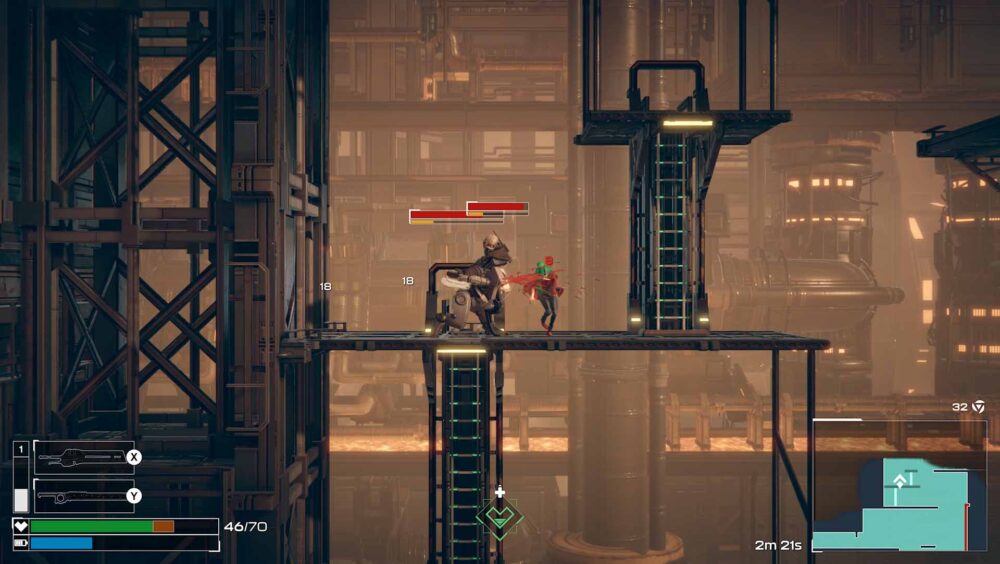
It’s possible your first run will be on a small level, but I found with each successive run, the levels ballooned in size, including that of the first level. While specific points and areas kept repeating, the layout seemed to grow larger with each death. Enemies are tied to specific levels, or worlds in this case, but the random generation can throw different placements and spawns at you, helping to keep you on your toes.
Occasionally the procedural generation can work against you as I found areas I couldn’t navigate because I didn’t have the correct character at the time. It also affects the difficulty as well as near as I can tell, with the first level for the second or third character – I can’t quite remember which – putting me in contention with a bunch of high-level bullet sponge enemies that I might as well have been throwing pebbles at.
You won’t have access to all characters right from the get-go and will unlock them as you progress. Each character has a different starting weapon set or special ability such as a double jump or grapple arm and each one will start their runs in different areas of the game. Along with permanent stat boosts, each run will slowly unlock new abilities for your character until you get to the one major mechanic that really helped to make Trinity Fusion stand out: the eponymous fusion itself.
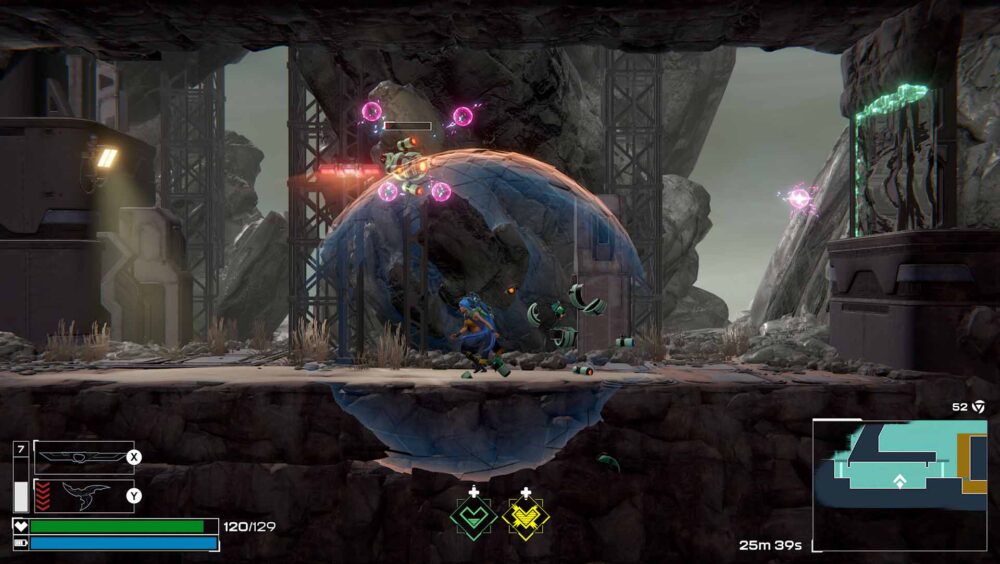
Scattered across the levels are machines that will let you fuse two characters together to create a new build to play with, while also increasing the amount of weapons at your disposal. Your basic set of three expands to six which you can swop in and out of easily while the fusion gives access to both of those characters’ abilities. If that double jump isn’t enough, then you can use that new grapple arm to get around.
Trinity Fusion also works the character’s abilities into boss fights, not just environment navigation. One boss had me having to use the grapple arm to stay out of the way of its attacks. If I didn’t it was a quick journey to pain town and a painfully fiery death in the lava below.
While I do wish that rogue-likes at least kept the bosses dead in each run, I do realise it’s simply part of the experience and have to embrace it as such. Trinity Fusion is certainly one of the better and more accessible rogue-likes I’ve played, even with the procedural generation’s seemingly random difficulty spikes. It takes a lot for a rogue-like to pop up on my radar and this year Trinity Fusion is the second one to do just that and keep me coming back for more.
Trinity Fusion – Launch Trailer
Read more of our reviews here https://invisioncommunity.co.uk/category/review/

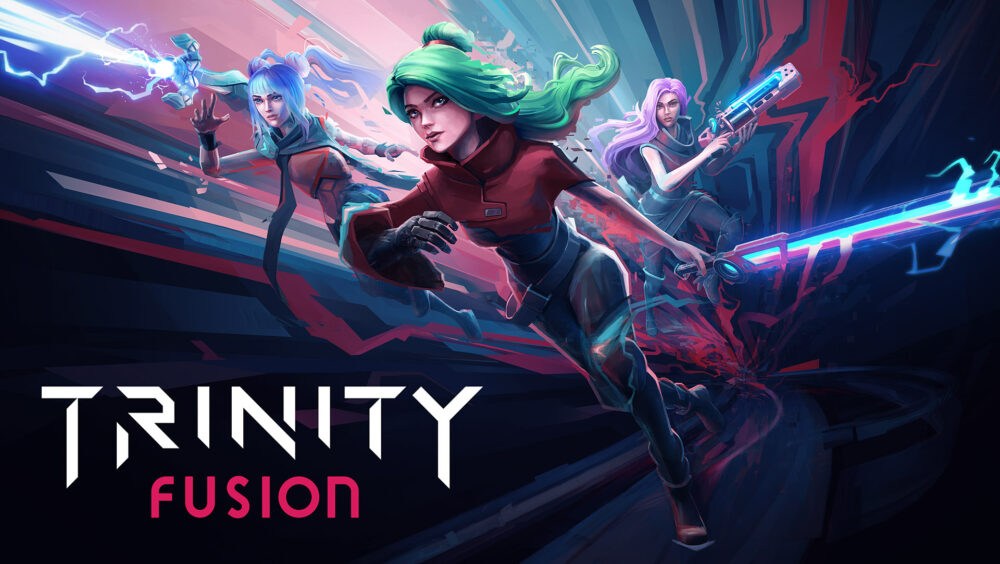






You must be logged in to post a comment.